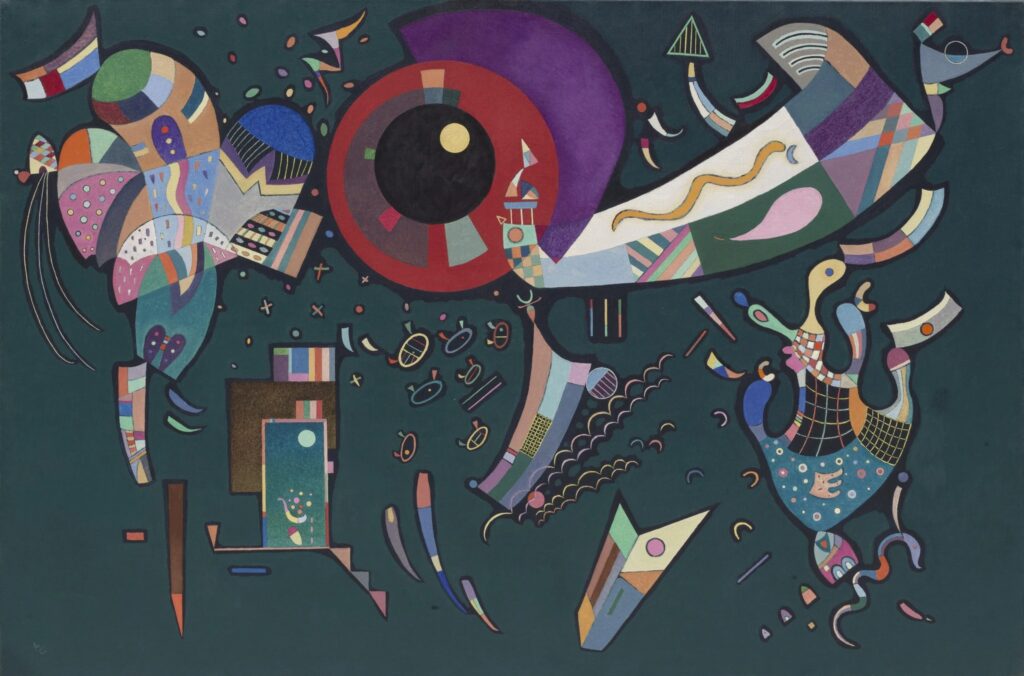When we exchange control over others for deeper knowledge of ourselves, we begin the journey that leads to greater security and well-being. View the study sheet here. Watch the recording here.

In an unstable, fracturing world a sense of certainty about all things is an understandably enticing feeling to have. Our current loading up on information addresses our anxiety of having any missing links in our chains of comprehension. Smart phones. The twenty-four hour news cycle. Social media. Mystery indicates a lack of knowledge, which reminds us of our lack of control over our world.
The story of what happened in the Garden of Eden may be an early tale describing the anxiety we humans can feel in the absence of complete information. The temptation to know all things is portrayed there as the desire to aspire to immortality and omnipotence.
The Bible is a series of wisdom tales about the honor and value of living as mortals, with our imperfect character and imperfect knowledge. And it is a story with no perfect ending. The message is for us to forgo the drive for perfection, for control and for final conclusion. We are taught instead to pursue justice, embrace responsibility and travel a never-ending journey full of unknowns.
Late in his life, tradition tells us, King Solomon wrote Ecclesiastes, a book of wisdom. In its very first chapter, this wisest of all Jewish sovereigns proclaims: “As wisdom grows, vexation grows; to increase learning is to increase heartache.” We should not try to become wise? What exactly is Solomon warning us against?
My teacher and friend Rabbi Rami Shapiro, a student of both Torah and Zen Buddhism, renders the verses this way: The more you seek security, the more you are haunted by insecurity/The more you desire surety, the more you are plagued by change/The more you pretend to permanence, the more you invite suffering/The more you do for control/the less you do for joy.
Parshat Lech Lecha opens with a divine invitation for Abraham to leave behind the familiar for the unknown, “a place I will show you.” The call is for Abraham to let go of all presumptions and biases. This is a necessary pre-condition for the journey’s trajectory, which is to “go into yourself,” to engage there with an as yet unexplored self who can become a blessing in the world.
The Biblical text is silent as to why Abraham was the one to hear this divine call. Hasidic commentary assigns it to Abraham’s urgent desire for attunement to the source of all life. He marvels and wonders at the world, and he questions and interrogates its creator. The divine response is perhaps just one of many that will surprise him along the way: To get to Me you must go through yourself.
Vasily Kandinsky was an artist shaped by displacement, discordancy and the necessity of inner expression. He began as an active member of the avant-garde art movement in pre and post-revolutionary Russia and taught at the Bauhaus in Germany until the Nazis closed the school in 1933, at which point he was forced to move to France, where he died in 1944.
His physical uprootedness was companioned by an inner rearrangement of his senses. He experienced synesthesia, a neurological condition allowing him to hear his paintings as music. Each color and shape bore an intrinsic sound, volume, and tone.
These measures of dislocation/relocation/colocation provided the context within which Kandinsky developed his artistic attunement: a depiction not of the external world but of the internal dimension. This inner dimension compels the artist to paint shapes that contain colors that emit music that points the way to a spiritual, sacred plane. In his book Concerning the Spiritual in Art, Kandinsky wrote, “Every form is as sensitive as a cloud of smoke. The artist’s eye should be directed to his inner life, and his ear should harken to the words of the inner necessity.”
Pictured here is his Around the Circle, painted in 1940. The background is black. Populating the canvass are biomorphic forms. Steps seem to lead to…where? Is this a celebration of life, an optimistic vision during war of a peaceful future and hope for social rebirth and regeneration? Or is it an image of life unanchored, spinning aimlessly in the empty, endless abyss of space? Is there a conclusion to be drawn here, or only a trajectory to be pursued?
The Hasidic commentary Mei HaShiloach emphasizes that Abraham is driven to know the place where his life essence is intensely joined to God. This intense union will be in a place called “which I will show you.” It is ever beyond. Abraham’s revelation is not of a moment. It is ongoing, ever into the unknown. Abraham will never arrive, the story will not end; for the destination reflects what gives Abraham his “inner necessity.” His destination is a place of infinite desire, the fuel of the universe in expanding harmony.
Join us here at 7:00 p.m. (PT) Thursday October 26 as we explore a place of infinite desire.









